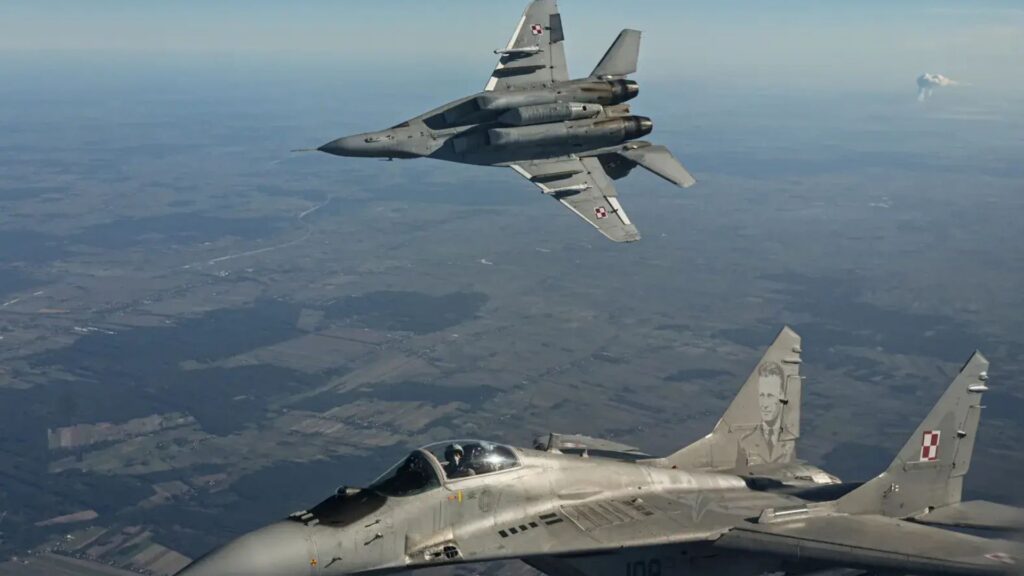
Poland deployed NATO fighter jets and temporarily closed its airspace over Lublin and Rzeszów early Sunday as Russia launched one of its largest aerial assaults on Ukraine since the war began, involving nearly 600 drones and 48 missiles over a 12-hour period. Dutch F-35 stealth fighters and German Patriot missile batteries were positioned as a preventive measure, with Polish authorities clarifying that no violations of Polish territory were recorded.
Scope of the Russian Assault
The Russian strike marked a new peak in combined drone and missile attacks on Ukraine. According to Ukrainian air force reports, Russia launched 593 unmanned aerial vehicles (UAVs) and 50 cruise and ballistic missiles, making it the largest coordinated attack since early September. Ukrainian air defenses intercepted 566 drones and 45 missiles, but strikes still hit residential buildings, a cardiology institute in Kyiv, and civilian infrastructure across 16 locations, resulting in at least four fatalities, including a 12-year-old girl, and over 40 injuries.
Poland’s Defensive Posture
In response to the trans-border threat, the Polish Operational Command stated on social media platform X (formerly Twitter):
“Due to the activity of the Russian Federation’s long-range aviation, which is carrying out strikes on the territory of Ukraine, Polish and allied aviation has begun operating in our airspace.”
The three-and-a-half-hour alert saw F-35s conducting patrols along the southeastern border, supported by ground-based Patriot launches ready to engage any hostile missiles entering Polish airspace. Officials emphasized that these actions were purely defensive, aimed at securing national airspace and protecting civilian populations.
Humanitarian Toll and Ukrainian Response
Ukrainian President Volodymyr Zelenskyy described the assault as “brutal”, noting its duration of over 12 hours and its impact on major urban centers including Zaporizhzhia, Khmelnytskyi, Sumy, and Odesa. Emergency services in Kyiv reported multiple residential block fires and damage to critical infrastructure, stretching first-responder capabilities.
Ukraine’s air force chief stated that the high interception rate—95% for drones and 90% for missiles—demonstrates growing proficiency in countering Russia’s evolving aerial tactics, though he warned that saturation swarm attacks remain a persistent challenge.
Broader NATO Security Concerns
This incident follows a September 10 violation of Polish airspace by Russian reconnaissance drones, which prompted Warsaw to invoke Article 4 of the NATO treaty and launch Operation Eastern Sentry to reinforce eastern flank defenses. NATO has also bolstered its Baltic Sentry mission in response to unexplained drone incursions over Denmark, with Copenhagen imposing a temporary civilian drone ban ahead of an EU summit.
At the UN General Assembly on Saturday, Russian Foreign Minister Sergey Lavrov warned that “any aggression against my country will be met with a decisive response,” while denying Moscow’s involvement in recent airspace breaches.
Implications and Future Outlook
The scale and sophistication of Russia’s combined drone–missile raids underline a strategic shift toward hybrid saturation attacks, compelling NATO members to enhance integrated air-defense systems along the alliance’s eastern borders. Poland’s swift decision to scramble allied jets underscores Warsaw’s resolve to deter spillover and reassure domestic audiences of NATO’s collective defense commitment.
As Ukraine’s winter campaign approaches, analysts expect Russia to continue testing Ukrainian and NATO defenses with massed UAV swarms and long-range precision strikes. The recent escalation may prompt further NATO deployments and accelerated delivery of advanced interceptors to bolster the alliance’s deterrence posture.




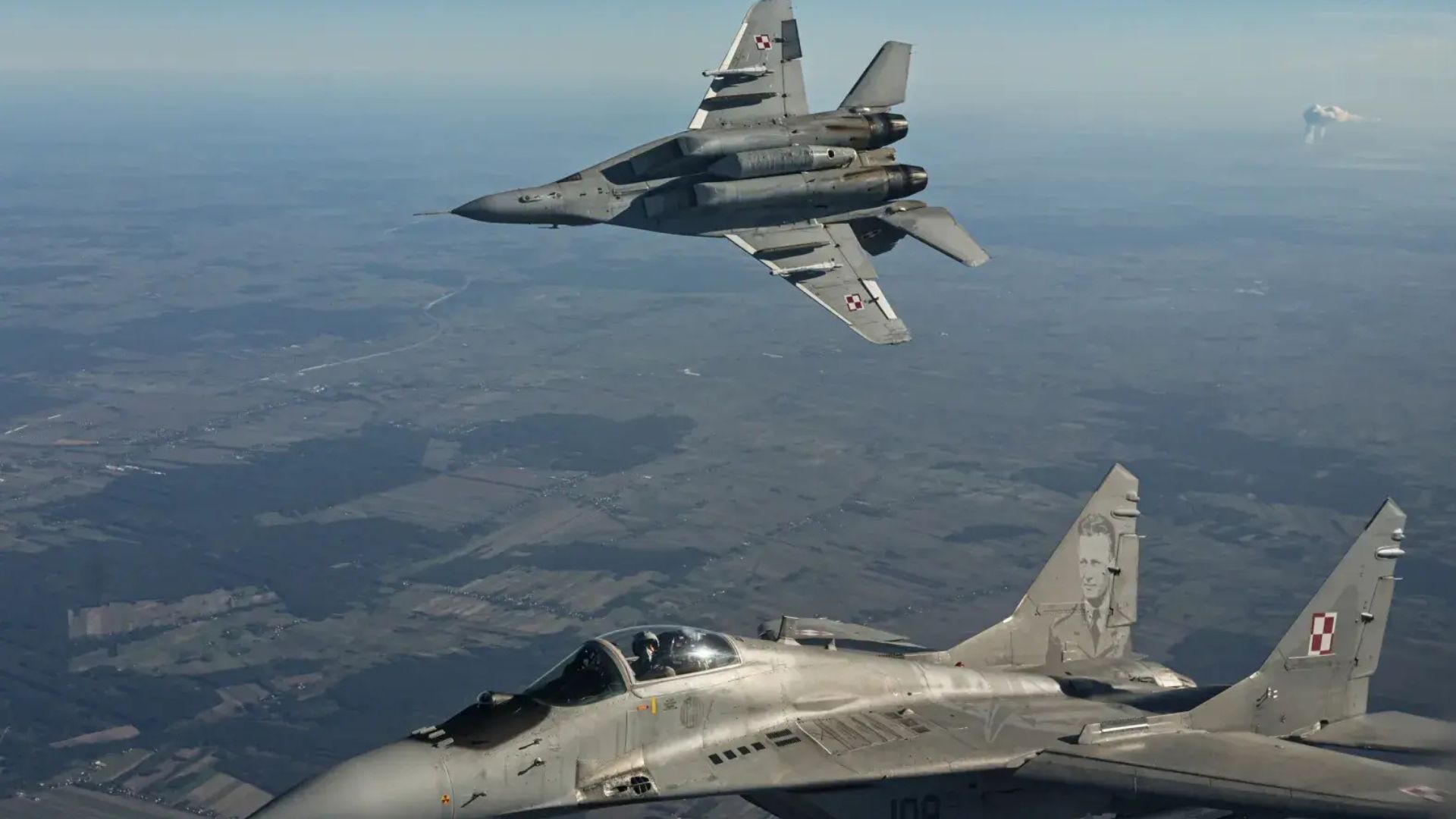
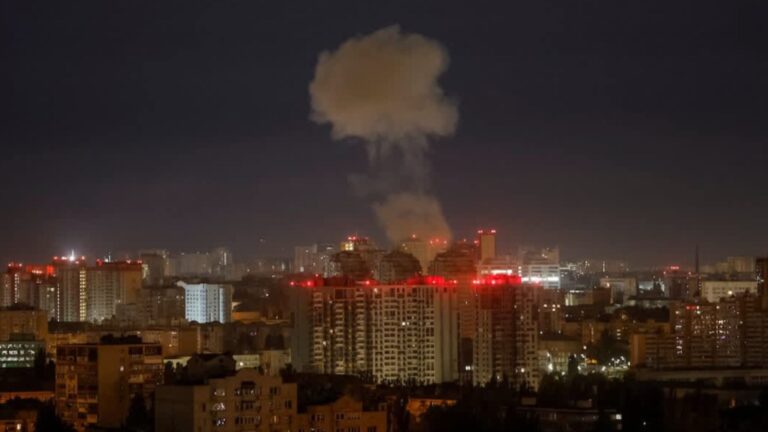
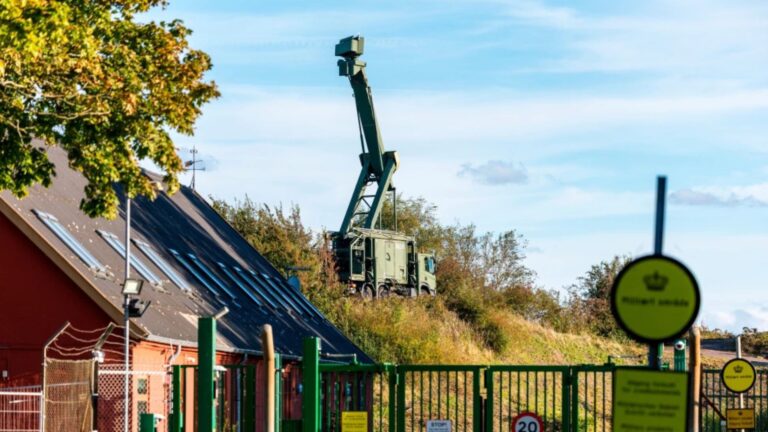
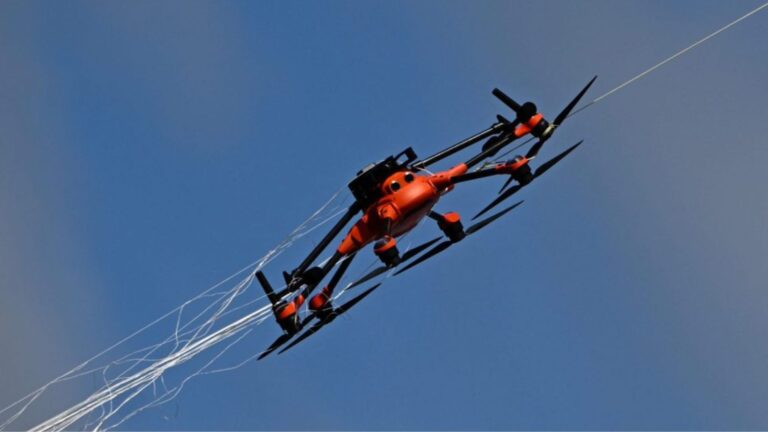



Выбирайте лучшие квартиры,
отели и гостевые дома на сутки прямо сейчас и
сделайте поездку максимально удобной.
Где снять отели
@airbn@b77 https://sutochny.ru
Разберём XCARDS — сервис,о которомсейчас говорят.
Совсем недавно прочитал
о интересный проект XCARDS, который
дает возможность выпускать виртуальные дебетовые
карты чтобы контролировать расходы.
Что обещают:
Выпуск занимает всего очень короткое время.
Пользователь может выпустить неограниченное количество карт.
Поддержка работает 24/7
включая живое общение с оператором.
Доступно управление онлайн
— лимиты, уведомления, отчёты, статистика.
Потенциальные риски:
Локация компании: Мальта — перед использованием стоит уточнить, что сервис
можно использовать без нарушений.
Финансовые условия: возможно,
есть оплаты за операции, поэтому лучше
внимательно изучить условия.
Отзывы пользователей: по публикациям на форумах вопросы
решаются оперативно.
Безопасность: сайт использует шифрование, но
всегда лучше активировать 2FA.
Заключение:
Если всё заявленное соответствует действительности — XCARDS выглядит как
полезным сервисом для бизнеса.
Сервис совмещает интуитивный
контроль и моментальный выпуск карт.
А теперь — вопрос к вам
Пробовали ли подобные сервисы?
Расскажите, как у вас работает Виртуальные карты для бизнеса https://t.me/platipomiru_bot?startapp=9D8B0HA8
Why visitors still use to read news papers when in this technological
globe everything is available on net?
Promo: C4bjWthY7dcX8qi https://megasto.com.ua/catalog/strichka_konve_rna_/
Я наслаждаюсь этот веб-сайт – он такой полезный и полезный.
Посетите также мою страничку Linda https://linksbuilder.fun/
Эй, оптимизаторы — кто уже сталкивался, что такое обратные ссылки?
Сел считать эффективность и понял — всё SEO держится
на ссылках.
Брал ссылки вручную и через агрегаторы, но часто попадается некачественное.
Нашёл одну фишку, после которой пошёл рост.
Не буду спойлерить, но вот ссылка — сюда
backlinks .
Нашёл пошаговый гайд без воды.
Сам уже протестировал — прирост позиций пошёл через неделю.
Реально советую — инфа стоящая.
Пока акция действует — лучше не тянуть https://kwork.ru/links/65030/sozdam-1000-obratnykh-ssylok-na-vash-sayt-backlink
Рассмотрим подробнее XCARDS — платформу, которая меня заинтересовала.
Буквально на днях услышал про новый проект XCARDS, который позволяет создавать электронные банковские карты чтобы контролировать
расходы.
Ключевые преимущества:
Карту можно выпустить за считанные минуты.
Платформа даёт возможность оформить любое число карт — без ограничений.
Есть поддержка в любое время суток и даже через Telegram-бота.
Все операции отображаются онлайн — лимиты, уведомления, отчёты, статистика.
Моменты, которые нужно учитывать:
Регистрация: европейская юрисдикция — желательно проверить,
что это соответствует местным требованиям.
Стоимость: карты заявлены как
“бесплатные”, но скрытые комиссии,
поэтому лучше внимательно изучить договор.
Реальные кейсы: по отзывам вопросы решаются
оперативно.
Надёжность системы: есть двухфакторная авторизация, но всё равно советую отслеживать транзакции
вручную.
Заключение:
В целом платформа кажется
отличным помощником для маркетологов.
Сервис совмещает скорость, удобство и гибкость.
Хочу узнать ваше мнение
Пользовались ли вы XCARDS?
Расскажите, как у вас работает Виртуальные карты для цифрового маркетинга https://tinyurl.com/4h7kcs2r